The Infantry of the British Army comprises 49 infantry battalions, from 19 regiments. Of these, 33 battalions are part of the Regular army and the remaining 16 a part of the Army Reserve. The British Army's Infantry takes on a variety of roles, including armoured, mechanised, air assault and light.
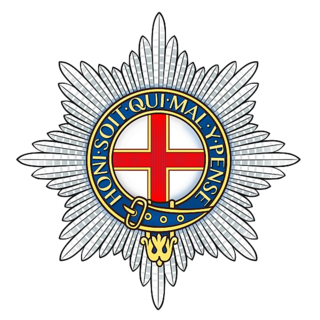
The Coldstream Guards is the oldest continuously serving regular regiment in the British Army. As part of the Household Division, one of its principal roles is the protection of the monarchy; due to this, it often participates in state ceremonial occasions. The Regiment has consistently provided formations on deployments around the world and has fought in the majority of the major conflicts in which the British Army has been engaged.

Trooping the Colour is a ceremonial event performed every year on Horse Guards Parade in London, United Kingdom, by regiments of Household Division, to celebrate the official birthday of the British sovereign. It is also known as the Sovereign's Birthday Parade. Similar events are held in other countries of the Commonwealth. In the UK, it is, with the State Opening of Parliament, the biggest event of the ceremonial calendar, and watched by millions on TV and on the streets of London.

In some militaries, foot guards are senior infantry regiments. Foot guards are commonly responsible for guarding royal families or other state leaders, and they also often perform ceremonial duties accordingly, but at the same time are combat soldiers.

The Household Division forms a part of the British Army's London District and is made up of five regiments of foot guards and two Household Cavalry regiments. The division is responsible for performing public duties and state ceremonies in London and Windsor. Such functions include the State Opening of Parliament, Trooping the Colour, and mounting the King's Guard.
The Household Cavalry (HCAV) is a corps of the Household Division that is made up of the two most senior regiments of the British Army – The Life Guards and The Blues and Royals. They have taken part in every major conflict since 1660. These regiments are divided between the Household Cavalry Regiment stationed at Wing Barracks in Wiltshire, with an armored reconnaissance role, and the ceremonial mounted unit, the Household Cavalry Mounted Regiment, garrisoned at Hyde Park Barracks in London. Both the HCMR and HCR are made up of elements of the Life Guards and the Blues and Royals. The Household Cavalry is part of the Household Division and is the King's official bodyguard. Although the Household Cavalry Regiment is armoured, it is not part of the Royal Armoured Corps, being assigned to the Household Division.

Guard mounting, changing the guard, or the changing of the guard, is a formal ceremony in which sentries performing ceremonial guard duties at important institutions are relieved by a new batch of sentries. The ceremonies are often elaborate and precisely choreographed. They originated with peacetime and battlefield military drills introduced to enhance unit cohesion and effectiveness in the late 17th and early 18th centuries.
The Scots Guards are a regiment of the British Army. The regiment takes part in numerous events, most notably the Beating Retreat, Changing of the Guard, Queen's Birthday Parade, Remembrance Sunday and State Visits. The Guards' regiments ceremonial uniforms differ from each other only slightly, the differentiations being in the tunic and the type of plume on the bearskin, if any, they have. The Scots Guards uniform consists of tunic buttons in threes, the Order of the Thistle on the shoulder badge, the Thistle on the collar badge and no plume on the bearskin.
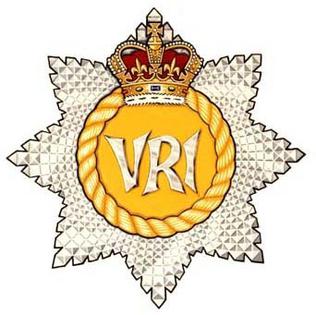
The Royal Canadian Regiment (RCR) is an infantry regiment of the Canadian Army. The regiment consists of four battalions, three in the Regular Force and one in the primary reserve. The RCR is ranked first in the order of precedence amongst Canadian Army infantry regiments, but in a quirk of the rules of seniority, its 4th battalion is ninth.
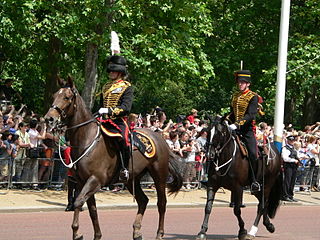
The King's Troop, Royal Horse Artillery, is a ceremonial unit of the British Army, quartered at Woolwich. It is a mounted unit and all of its soldiers are trained to care for and drive teams of six horses, each team pulling a First World War-era QF 13-pounder gun; six teams are used in the unit's Musical Drive. The Troop's duties include firing salutes on royal and state occasions, participation in parades, and the duties of the King's Life Guard at Horse Guards for one month each year. The unit provides the gun carriage and team of black horses for state funerals. The unit is most often seen providing gun salutes on state occasions in Hyde Park, and Green Park.

The King's Colour Squadron, formerly the Queen's Colour Squadron, is the unit of the Royal Air Force charged with the safe-keeping of the King's Colour for the Royal Air Force in the United Kingdom. Since its formation, it has been formed exclusively by Officers and Gunners of No. 63 Squadron RAF Regiment.
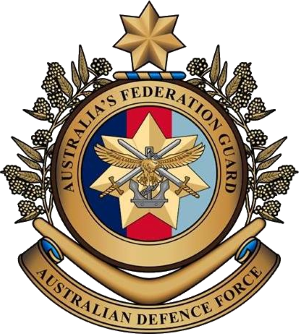
Australia's Federation Guard (AFG) is a tri-service ceremonial unit made up of members from the Royal Australian Navy, Australian Army, and Royal Australian Air Force. Formed in 2000 for the centenary celebrations of Federation of Australia, it is the first purely ceremonial unit in the history of the Australian armed forces, and has since represented Australia in various roles both at home and around the world, including providing the Queen's Guard at Buckingham Palace in 2000.

The Royal Guards is the King of Sweden's cavalry and infantry guards of honour of the Swedish Armed Forces, tasked with the protection of the Swedish royal family.
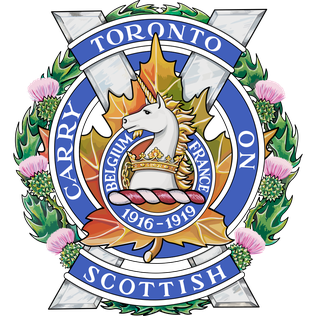
The Toronto Scottish Regiment (Queen Elizabeth The Queen Mother's Own) is a Primary Reserve infantry regiment of the Canadian Army based in Toronto, Ontario, Canada. The regiment was first formed in 1915 as the 75th (Mississauga) Battalion, CEF, and was later reorganized several times before being officially designated as The Toronto Scottish Regiment (Queen Elizabeth The Queen Mother's Own).

The Ceremonial Guard is an ad hoc military unit in the Canadian Armed Forces that performs the changing the guard ceremony on Parliament Hill and posts sentries at Rideau Hall, with the National War Memorial being sentried by the National Sentry Program (NSP), which is carried out by different regiments and other units in order of precedence throughout the summer until mid-November.
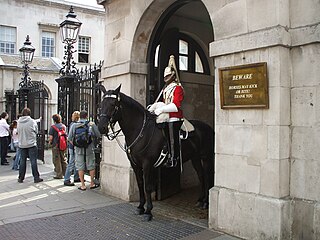
Public duties are performed by military personnel, and usually have a ceremonial or historic significance rather than an overtly operational role.
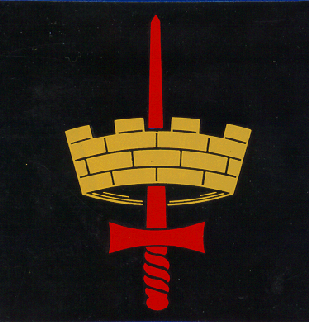
London District (LONDIST) is the name given by the British Army to the area of operations encompassing the Greater London area. It was established in 1870 as Home District.
The Household Cavalry Mounted Regiment (HCMR) is a cavalry regiment of the British Army tasked primarily with ceremonial duties. Part of the Household Division, it is classed as a regiment of guards, and carries out mounted ceremonial duties on State and Royal occasions. The HCMR is one of two operational units that form the Household Cavalry (HCav), the other being the Household Cavalry Regiment (HCR), a formation reconnaissance regiment, with front-line combat duties.
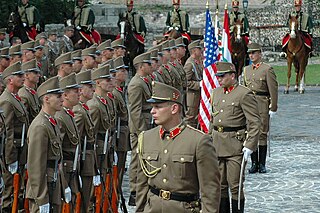
A guard of honour, honor guard or ceremonial guard, is a group of people, typically drawn from the military, appointed to perform ceremonial duties – for example, to receive or guard a head of state or other dignitaries, the fallen in war, or to attend at state ceremonials, especially funerals. In military weddings, especially those of commissioned officers, a guard, composed usually of service members of the same branch, form the sabre arch. In principle, any military unit could act as a guard of honour. In some countries, certain units are specially assigned to undertake guard of honour postings or other public duties. Republican guards, royal guards and foot guards frequently have ceremonial duties assigned to them.
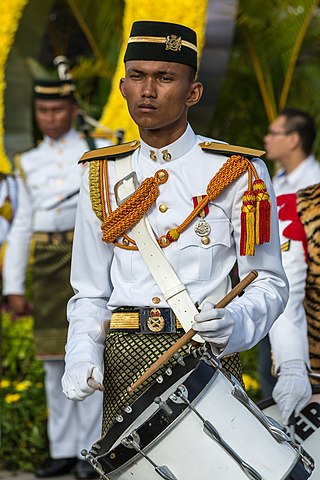
The Central Band of the Royal Malay Regiment is the official central band of the Malaysian Army's Royal Malay Regiment that is dedicated to providing ceremonial honours and music to the Yang di-Pertuan Agong, the Prime Minister, the Chief Justice, the President of the Senate, and the Speaker of the House of Representatives. It is the Army's seniormost band. It is considered the equivalent to the 5 regimental bands of the Foot Guards.





































